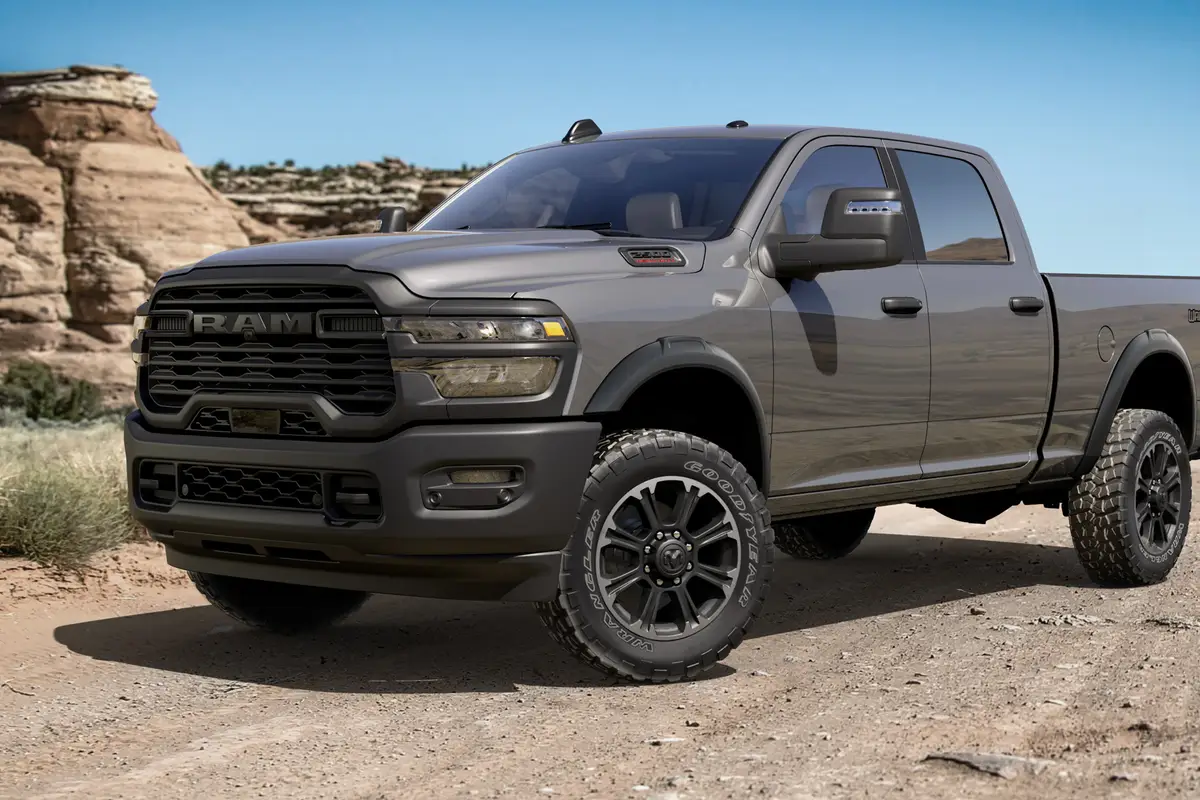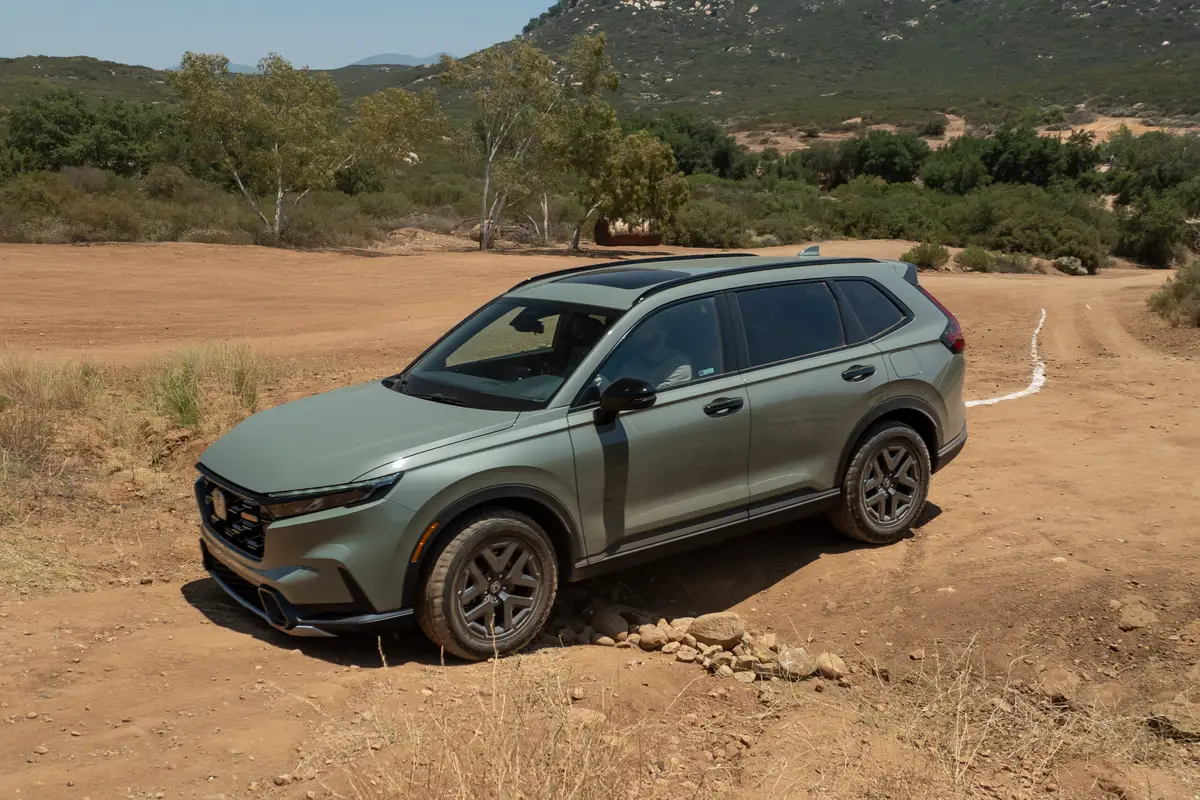The Morning Call and Mcall.com's view
There are certain times in life when you feel a bit older than you did before.
I’m not old enough to remember the Beatles, but I am old enough to remember Gerald Ford’s WIN buttons.
However, age hadn’t really been a factor with me until I drove Suzuki’s top-of-the-line sport utility, the Sidekick Sport.
After spending a week in one of these little puppies, I’m supposing this vehicle speaks to the generation that wears caps backward. I wear mine forward, and I admit not fully understanding the Sidekick Sport’s appeal.
One appealing aspect is its handsome look. Crimson, with putty-colored body cladding, the squarish sport utility test vehicle looked like a baby Range Rover. The five-spoke aluminum wheels were sharp, adding a classy accent.
There are three trim levels, two-wheel drive JS, four-wheel-drive JX, and the top-drawer 4WD JLX. The difference between trim levels basically comes down to the level of equipment the vehicle contains. The JX gets manual locking hubs, with auto-locking hubs as an option; the JLX gets the auto-locking hubs as standard equipment. Four-wheel anti-lock brakes are options on the JS and JX, but standard on the JLX.
The Sport is the top model in the Sidekick range. It rides a relatively short 97.6-inch wheelbase and measures about the length of a VW Golf at 162 or so inches long. This gives this vehicle great maneuverability in situations that would trap more monstrous sport utilities. But that short wheelbase also contributes to a bouncy, jerky ride.
Even though I found the ride somewhat punishing, it probably wouldn’t bother someone a decade younger who hasn’t suffered fully from the problems of a bad back.
Motivating this bouncy buggy is a 1.8-liter double overhead-cam aluminum engine that generates 120 horsepower and 114 foot-pounds of torque. Thankfully, Suzuki has tamed this vocal beast and the engine is now quiet enough not to drown out the radio. The power is adequate for this 2,998-pound vehicle, but borders on marginal in taxing situations.
Steering is quick, with as much body lean as you’d expect. Braking is adequate and uneventful.
Although there was no chance to test the 4WD,it engages with a shift lever. The vehicle must be stopped to engage it. The automatic locking hubs are well worth the price and recommended even if you must forsake another convenience item. After all, when you need the 4WD, you won’t want to get out of the vehicle to lock the hubs.
Although the engine is quieter, there’s still enough road and tire noise to compensate. Wind noise is well-controlled, although the tall shape of this vehicle, like so many sport utilities, makes it a victim of cross winds.
Inside, Suzuki’s economy-car heritage shines through, where the cabin is decked out in attractive, if inexpensive, materials. Ergonomics are a mixed bag.
The driver will find the front power window switches on the door, with rear win dow switches on the center console. Because of that, there’s no center console bin to store tapes, a cell phone or other junk that clutters up life.
The seating position is tall, giving the driver a commanding view of the road. But the seats are hard and flat, meaning my posterior fell asleep. To make matters worse, new side-impact laws have widened the door panel, meaning it intrudes on passenger space.
The AM-FM-cassette audio system has terrific imaging and some horribly tinny sound. Maybe it would be better if the engine did drown it out.
Cargo space is good, and there’s enough space for most normal loads with all seats in place. When additional space is needed, the seats fold forward to allow a roomy expanse to haul home a TV or computer. There are no cargo cover or cargo nets provided, though — a curious omission for a top trim line.
Two minor problems cropped up during the test period. With slightly more than 2,500 miles on the odometer, the keyless entry stopped working. Also, despite having a rigid ladder chassis, this vehicle had a plethora of small rattles — not surprising, given the hard ride.
Prices start at $14,399 for a 2WD JS. The least expensive 4WD starts at just $15,999, or about the price of a nicely equipped economy car. The test vehicle, a fully loaded unit, topped the bill at a breathtaking $20,829.
Even if the ultimate in comfort and convenience isn’t what this vehicle is about (low price is), it faces stiff competition in the marketplace from Honda (CRV), Toyota (RAV-4), Subaru (Forester) and Chevrolet (with the identical Tracker). That makes this a vehicle to try among a field of more refined competition.
But then again, maybe I’m just too old to fully understand it.
1998 Suzuki Sidekick Sport JLX Standard: 1.8-liter double overhead-cam four-cylinder engine, four-speed automatic transmission, automatic hubs, 4WD with two-speed transfer case, 215/65R16 tires with five-spoke aluminum alloy wheels, full-size spare tire, tire cover, daytime running lamps, intermittent wipers, rear window defogger, tinted glass, vanity mirrors, map lights, air conditioning, dual air bags, keyless entry, Alpine four-speaker AM-FM-cassette stereo, cruise control, power windows, power door locks, dual remote mirrors. Options: None Base price: $20,399 As tested: $20,829 EPA rating: 21 mpg city, 24 mpg highway
Latest news



